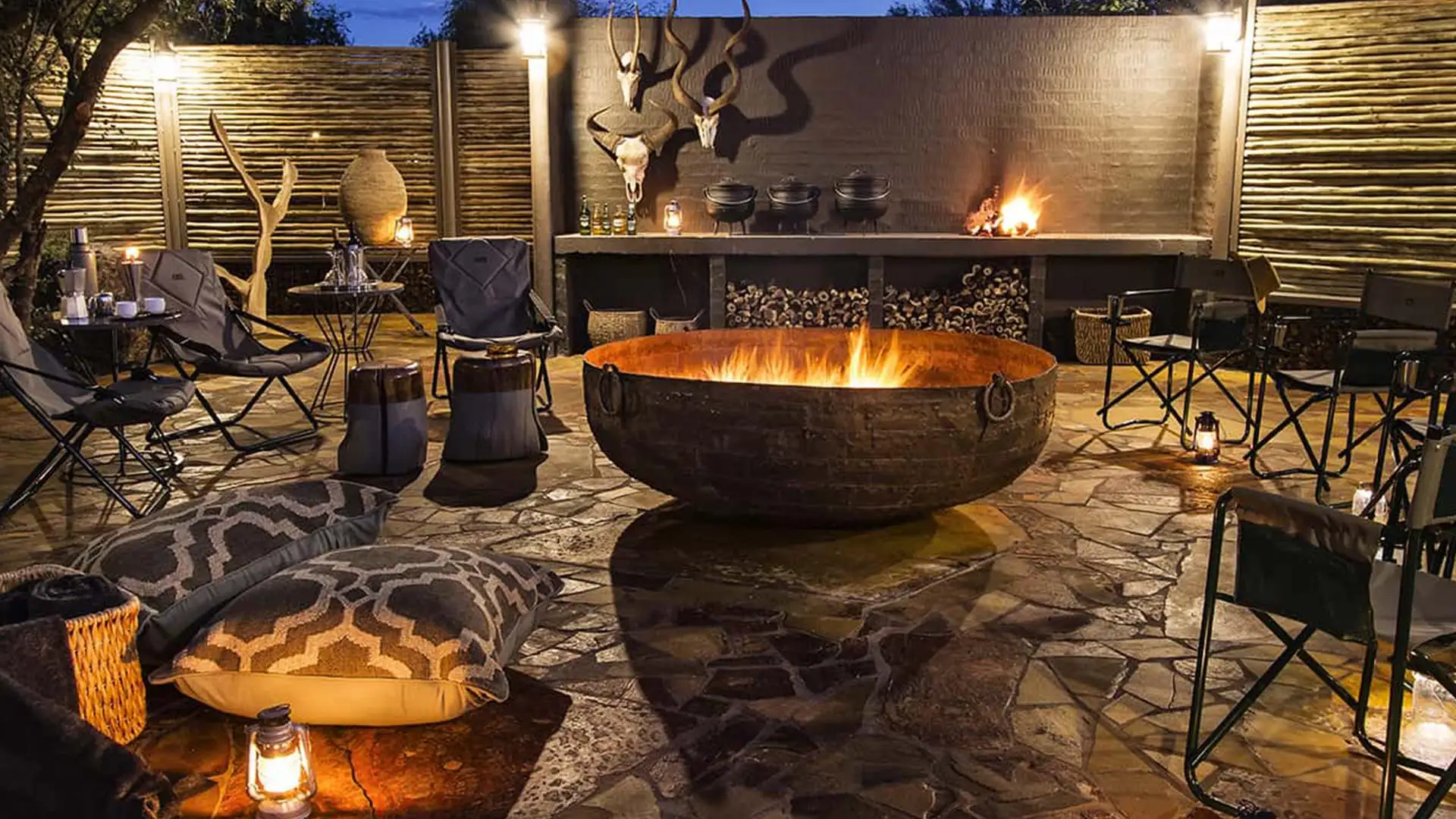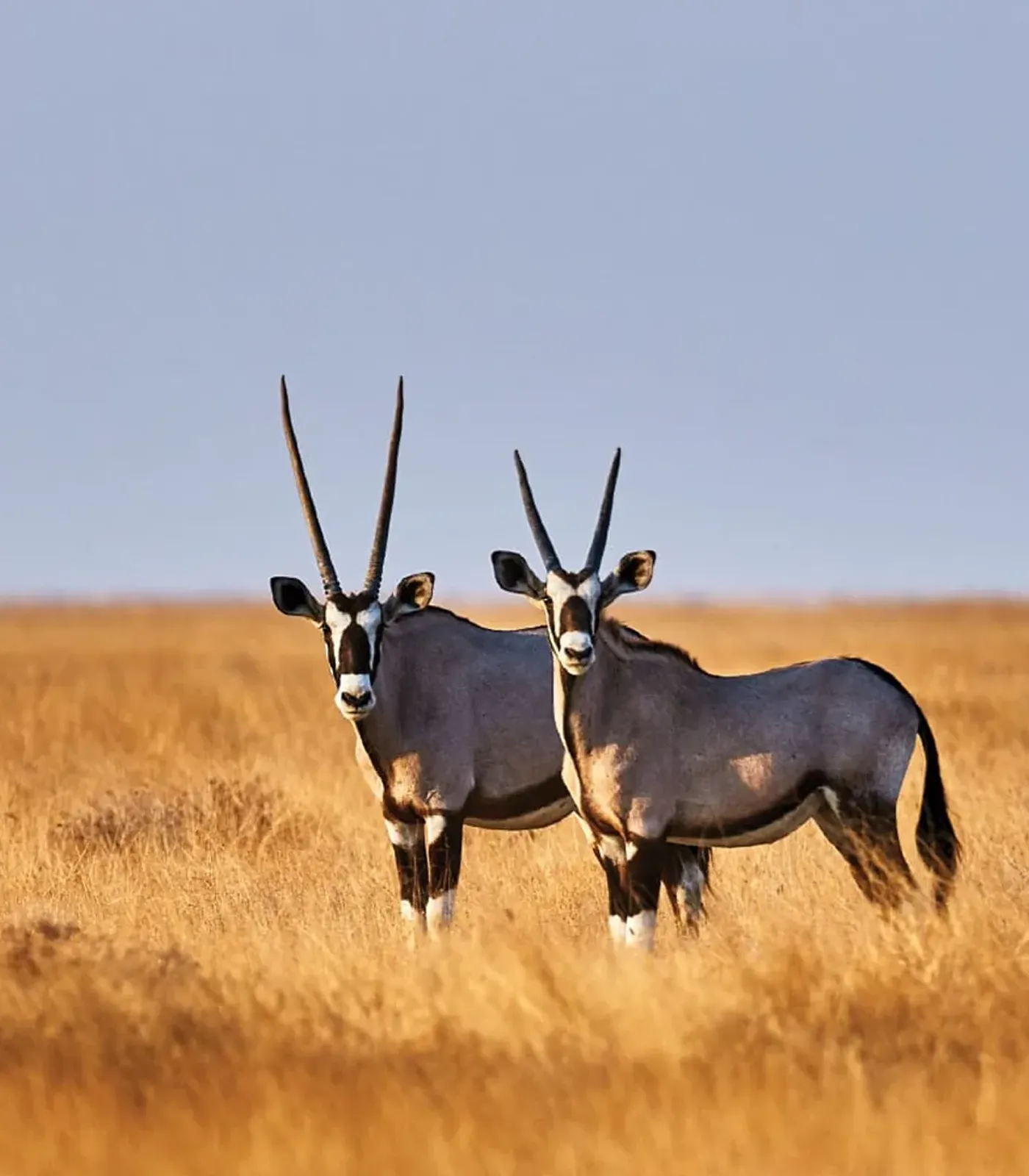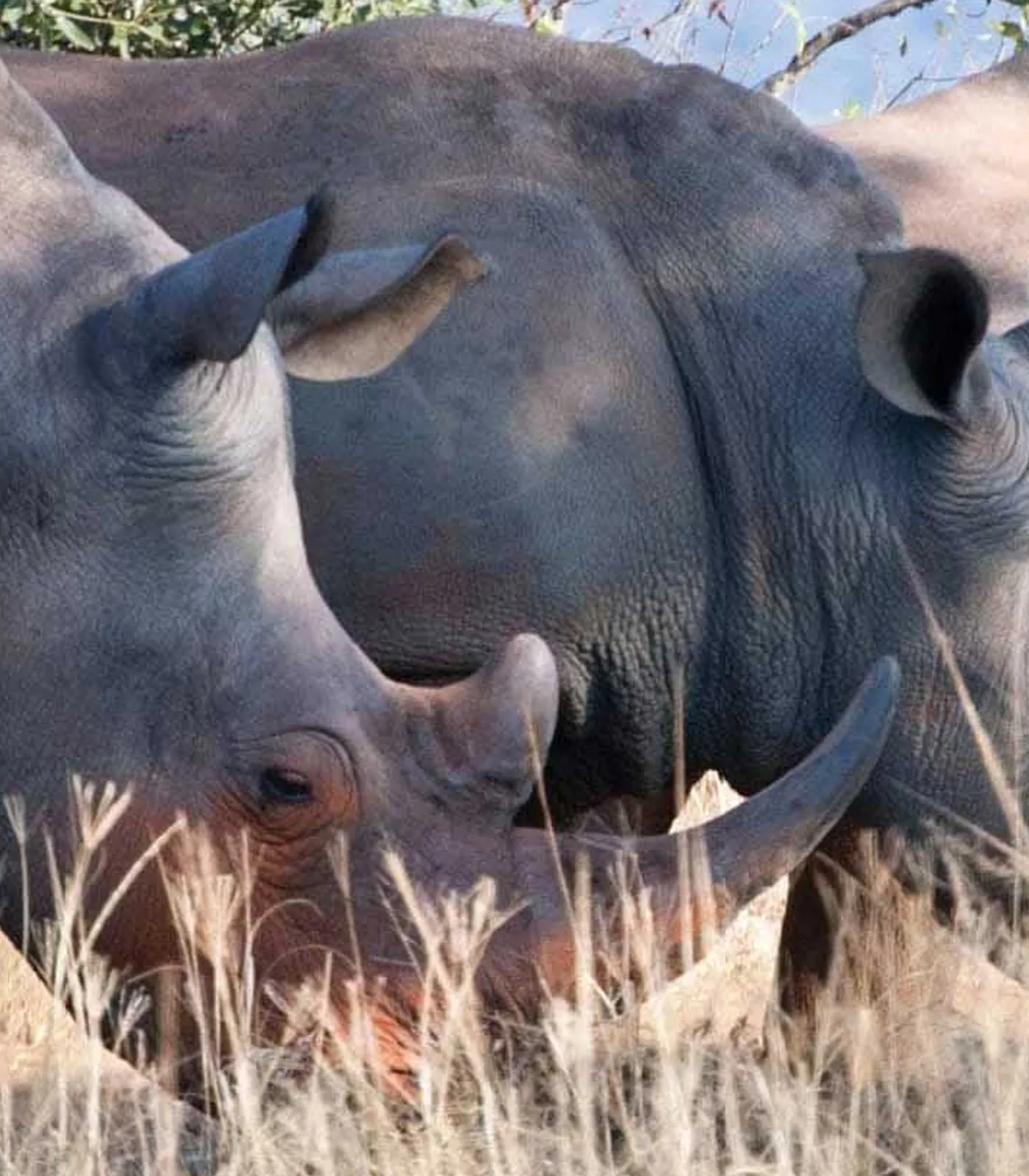
Cultural Dishes You Must Try in the Bush | Avula Safaris
A safari is more than tracking wildlife—it’s an invitation to taste Africa itself. Long before gourmet kitchens arrived in the bush, South Africans were cooking over open flames, blending local ingredients with traditions shaped by centuries of culture. Today, a luxury safari blends these flavors with modern finesse, giving guests an authentic culinary journey.
1.
A Heritage of Flavor
South Africa’s diverse heritage—Zulu, Xhosa, Cape Malay, Dutch, and more—has created a rich food tapestry. Each culture brings signature dishes that tell stories of migration, trade, and the land itself. On safari, these dishes take on new life, served with panoramic views and the sound of the bush as background music.
2.
Biltong: The Ultimate Snack
No safari is complete without biltong. This cured, spiced meat is the classic field snack for hunters and travelers. Made from game like kudu or springbok, it’s high in protein and rich in flavor. Enjoy it during game drives, on a hike, or with sundowners at dusk.
3.
Potjiekos: Slow-Cooked Tradition
Potjiekos (pronounced “poy-kee-kos”) is the essence of communal dining. Prepared in a cast-iron pot over an open fire, it’s a hearty stew of meat, vegetables, and spices. The key is time—slow cooking allows every ingredient to blend into a rich, smoky masterpiece.
4.
Pap and Chakalaka: Comfort Food of the Bush
Pap, a soft maize porridge, is a staple across South Africa. Served with chakalaka—a spicy vegetable relish—it forms the soul of many safari meals. Simple, filling, and flavorful, it pairs perfectly with grilled game meats.
5.
Bobotie: A Cape Malay Classic
This fragrant dish of spiced minced meat baked with a custard topping blends sweet and savory in every bite. Traditionally flavored with curry, raisins, and almonds, bobotie is a reminder of the Cape’s rich spice trade history and a favorite at lodge dinners.
6.
Fresh Game Meats
From springbok carpaccio to kudu fillet, safari chefs celebrate the true flavors of the land. Prepared with herbs, citrus, or red wine sauces, each dish tells a story of the day’s hunt and the environment that sustains it.
7.
Sweet Endings
No cultural tasting is complete without dessert. Malva pudding—soft sponge soaked in warm caramel sauce—is a must-try. Paired with Amarula cream or fresh coffee, it’s the perfect way to end an evening under the stars.
8.
Dining as Connection
Sharing these dishes is more than eating—it’s a cultural exchange. Whether you’re gathered around a boma fire or enjoying a bush breakfast at sunrise, every bite deepens your connection to the land and its people.



